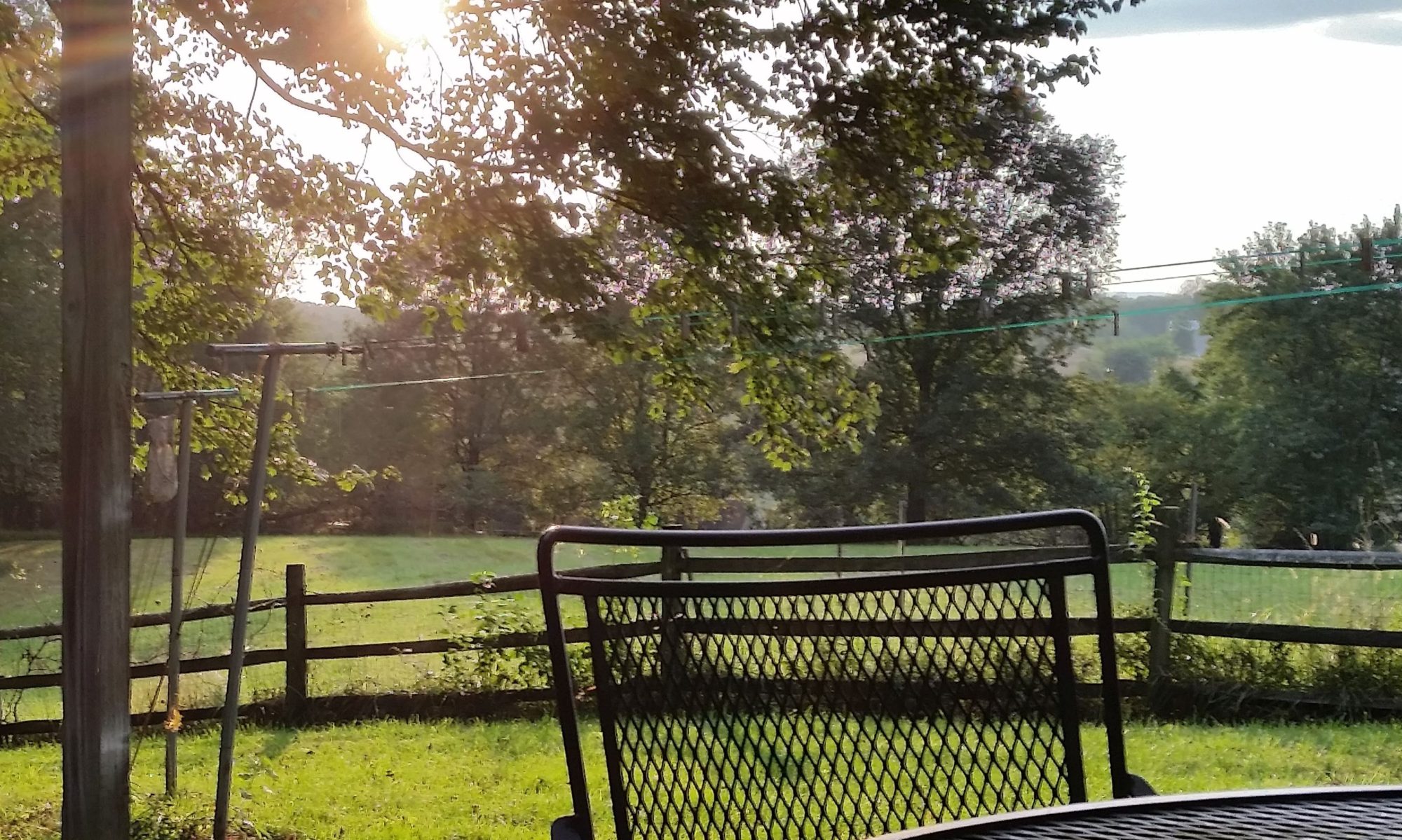The things I’m asked most often about when I started brewing are how, when, and why, exactly, I started. To answer these questions and more, we need to set the way-back machine to 1994, when I was a young Sailor stationed in Hawaii.
At the time, I was in my early 20’s, and a bare novice at all things alcohol. The craft brewery scene hadn’t really launched yet, to say nothing of the homebrewing scene. Oh, I had been ‘introduced’ to beer–I did mention that I was a Sailor, right?–but when I had tried it, it was mass-produced swill, and the low-quality version, at that. (I was young, and the “premium” stuff was too expensive…)
What I was interested in, though, was cooking. I missed home-cooked meals, and the chow hall on base simply wasn’t cutting it. The house I was sharing had a lovely kitchen, but my cooking skills were mostly limited to grilled cheese and soup. So, seeing an opportunity, I set about learning, by raiding the local bookstores for cookbooks. (I did mention that this was a while ago, right? the Internet was barely in its infancy…)
One fine day, while perusing the shelves in a Borders Bookstore which undoubtedly no longer exists, a book quite literally leapt out at me. Seriously, it fell off the shelf. That book was The New Complete Joy of Homebrewing, by Charlie Papazian. Intrigued by the promise of learning “to make beer just the way you like it,” the book came home with me, and I devoured its contents in the space of a couple of nights.
It was about the same time that Sam Adams began distributing to the islands, and I had my first taste of the Boston Lager. To put it mildly, I was blown away, and hooked.
It wasn’t for another six months, though, in early 1995, that I put my first batch together. It took a series of things coming together. First, I had found a store that sold homebrew supplies. Second, I moved to a new rental house, with a different roommate. And third, we decided to throw a housewarming party. I scraped together a little extra cash and bought the basics:
- A 10-quart pot, to serve as my “boil kettle”;
- A 6-gallon plastic fermenting bucket, with a lid and airlock;
- A bunch of siphoning gear (tubing, cane, wand); and
- Two cans of malt extract, two ounces of hops, and a sachet of dry yeast.
I started the batch before we had even finished unpacking. I had my first boilover; we cooled the pot in the sink, and the freshly-pitched batch fermented happily away in the hall closet. I’m not sure exactly what the ingredients were–I was so new at it, that I didn’t even know what was important to record, at the time. I believe that it was Munton and Fisons malt extract (but can’t swear to it); I’m told it was a can each of dark and light extract. The hops were recorded as “one ounce of high-alpha hops, one ounce of low-alpha hops.” As to the yeast, your guess is as good as mine. (Thinking back on the batch, as best I can–this was over twenty years ago–and I’d probably use Nottingham, if I were to try it again.)
Subsequent purchases included bottles and caps, priming sugar, and a bottling wand. Two weeks after the batch was started, it was bottled; about three weeks after that, we had the party.
The beer was extremely well received, with favorable comparisons to Sam Adams. (By this time, I had discovered a local watering hole that carried hundreds of brands of beer, and my tastes had branched out considerably.) Most of it was gone by the next morning, but the feeling of satisfaction from knowing that I had made the beer, and that people liked it, remained.
Many batches followed that one; most of them were less successful. I was still largely flying blind, with just the one guidebook (and the one, very limited, source of ingredients). I had my first infected batch, and more than a couple of “drinkable, but less than tasty” batches. And then I moved back to the mainland; things paused for the duration of one military course, and two years in Japan.
But the urge to brew again never left. The instant I had another place stateside, I went looking for more information–and things had radically changed. There was a homebrewing community, and the Internet had happened (mostly), and craft breweries were popping up seemingly everywhere. And I’ve never really looked back.
Since that first batch, I estimate I’ve brewed nearly 500 batches. I’ve refined my technique, branched into meads and wines, upgraded equipment, shifted to all-grain, and things continue to move. When my wife and I got back into the Society for Creative Anachronism, that opened up the aspect of historical brewing. And things have continued to go, since then.
Let’s see where this all takes us.
